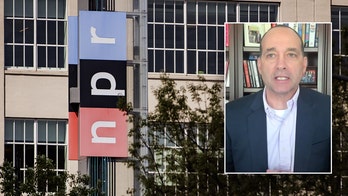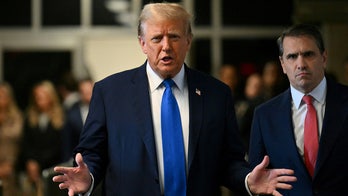WASHINGTON -- In weighing a much larger rescue effort for U.S. auto makers than originally envisioned, the Bush administration faces a complex set of decisions over what terms to seek -- including whether to push the companies to file for bankruptcy -- and how to raise necessary funds.
The administration is trying to determine how much money it will take to help the car companies, and is discussing a rescue totaling $10 billion to $40 billion or more.
One possible source of funding is the Treasury Department's $700 billion fund set up to rescue the financial industry. Only about $15 billion remains uncommitted from the first tranche of $350 billion, so the Bush administration could be forced to request the second half to cover the car companies' needs, people familiar with the situation said.
That likely would compel the administration to outline its plans for a range of other needs, including foreclosure prevention for struggling homeowners and possibly aid for state and local governments. That could spark another confrontation with lawmakers, who are increasingly divided over industry bailouts. Senate Republicans blocked a proposed bailout for the auto makers last week.
With Detroit's car makers facing bleak short-term prospects due to a collapse in consumer demand for vehicles, the Bush administration was rushing to determine the extent of the companies' financial problems. Late last week, some officials thought the government might be able to provide as little as $8 billion to tide the companies over until early next year. On Sunday, a person familiar with the situation said the companies' collective needs could range from $10 billion to more than $30 billion. The administration spent the weekend poring over the auto makers' books to assess their financial needs.
The Bush administration must also figure out whether, and how, to try to wring concessions from affected parties, including factory workers, dealers and holders of the companies' debt. Without such concessions, the companies are likely to need cash infusions long into the future, congressional critics say.
Click here to read the full story in The Wall Street Journal.




